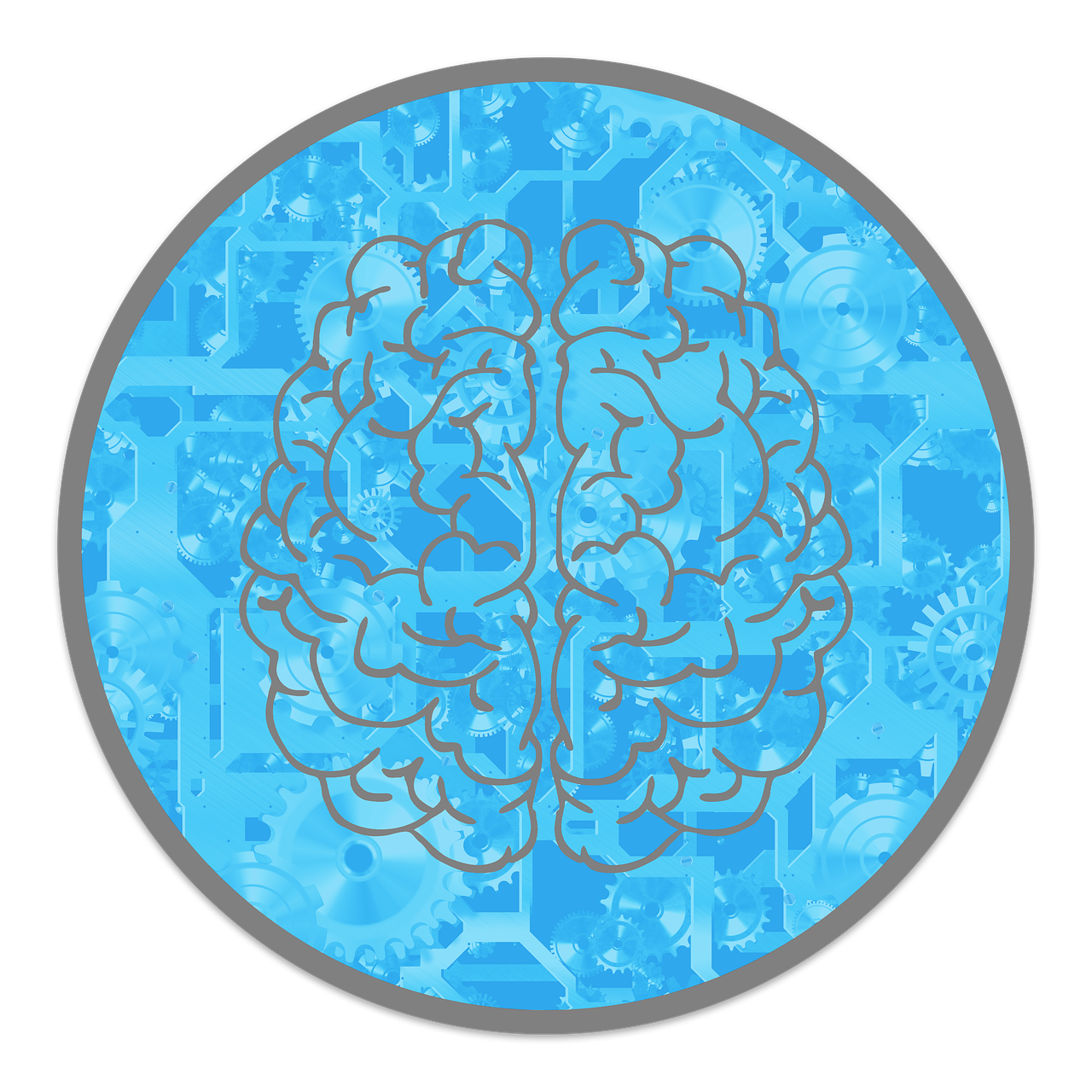
On December 7, 1941, Japan bombed Pearl Harbor, killing over 3,500 people and forcing the U.S. into World War II.
Why? Japan was desperate—low on resources, aiming to knock out the U.S. Pacific Fleet, and badly misjudged how America would react.
The Economic Stranglehold: Oil, Sanctions, and Survival
By 1941, Japan got about 80% of its oil from the U.S.
Without it, their military and economy couldn’t run.
That’s the real reason behind the attack—oil, plain and simple.
The tension started in 1937 when Japan invaded China.
In response, the U.S. hit back with economic moves—first a “moral embargo” that blocked airplane sales.
But as Japan kept pushing, the U.S. kept tightening the screws.
Things exploded in July 1941. FDR froze all Japanese assets in the U.S. after Japan took over parts of French Indo-China.
Britain and the Netherlands joined in.
Suddenly, Japan had no access to the oil it needed—and saw war as its only way out.
- Read also: What would happen if World War 3 broke out?
- Read also: Understanding the Differences: World War I Vs World War II

Strategic Imperatives: The Greater East Asia Co-Prosperity Sphere
Japan had a big goal: take over Southeast Asia and build its own power zone called the Greater East Asia Co-Prosperity Sphere.
Basically, they wanted control of resources and trade without Western interference.
But there was a problem—America.
Japan knew that expanding into Asia would clash with U.S. interests.
And with the U.S. Pacific Fleet based at Pearl Harbor, Japan saw it as a major threat.
They figured if they didn’t hit first, the U.S. would stop them by sending troops to defend Asia.
So, Japan decided to strike hard and early—to clear the path for their empire.
The Yamamoto Strategy: Preemptive Strike Doctrine
Admiral Isoroku Yamamoto—the guy running Japan’s navy—came up with the plan to hit Pearl Harbor first before the U.S. could react.
His goal? Knock out the U.S. Pacific Fleet, grab resources from Southeast Asia, and buy time before America hit back.
Here’s what Japan was thinking:
1. Buy time
If they destroyed U.S. battleships and carriers at Pearl Harbor, America would need months (maybe years) to rebuild.
That time would let Japan take over Southeast Asia without getting stopped.
2. Shock the U.S.
Japan thought a surprise attack would mess with Americans’ heads—like a sucker punch in a boxing match.
Maybe the U.S. would be too shaken to go full force into war.
3. Grab the goods
With the U.S. fleet out of the way, Japan could roll through Southeast Asia and take the oil, rubber, and other stuff it needed to fuel its empire.
Yamamoto knew it was a risky move.
But Japan was running out of options—and fast. So they went all-in on a surprise strike, hoping it would change the game before the U.S. could hit back.
The Diplomatic Failure: Hull Note and Final Negotiations
Right before the attack on Pearl Harbor, the U.S. and Japan were still trying to talk things out—but they were on totally different pages.
The U.S. told Japan: “Leave China. End your empire plans.”
Japan said: “Nope. We’re keeping what we took. We need it to survive.”
Then came the Hull Note on November 26, 1941.
It basically told Japan to give up all its land since 1931 and go back to square one.
For Japan’s leaders, that was a hard no.
It felt like surrender or national suicide. Giving up their empire meant losing the resources their military and economy ran on.
That was the moment Japan realized—talks were done. War was next.

Military Calculations: The Window of Opportunity
By late 1941, Japan knew it was running out of time. The U.S. was building up its military fast, and Japan had only about 18 months of oil left—thanks to the U.S. embargo.
The pressure was real. Japan’s military leaders figured they had to hit now or lose everything later.
The Pearl Harbor plan was super detailed. Japan:
- Spied on U.S. defenses for months
- Practiced bombing fake targets
- Built special gear just for the mission
The strike team was massive—6 aircraft carriers, 2 battleships, 3 cruisers, 9 destroyers, and 23 submarines.
It was the biggest air-naval strike force ever at that time.
They went all-in, hoping one huge blow would buy them time and space to grab what they needed in Southeast Asia.
The Fatal Miscalculation: American Resolve
Japan thought bombing Pearl Harbor would scare the U.S. into backing off.
They figured Americans were too focused on their own problems and didn’t want another war.
But they were dead wrong.
Instead of giving up, the attack fired up the entire country.
It gave President Roosevelt exactly what he needed—everyone united, ready for war.
A nation that was split suddenly turned into a full-blown war machine aiming for total victory.
Japan wanted to end the fight early. Instead, they started something they couldn’t stop.
Economic Warfare and Its Consequences
The fight between the U.S. and Japan wasn’t just about bombs—it started with money and oil.
The U.S. didn’t want war at first. President Roosevelt hoped sanctions would pressure Japan to chill out.
But behind the scenes, U.S. officials got serious.
They cut off Japan’s access to money and trade, which hit hard.
Here’s what went down:
1. Step-by-step sanctions
At first, the U.S. blocked only military goods—like planes and weapons.
But over time, it snowballed. Soon, almost all trade was off-limits, including oil—the lifeblood of Japan’s military and economy.
2. Tag-team tactics
The U.S. teamed up with Britain and the Netherlands to make sure Japan couldn’t just shop somewhere else. No oil, no rubber, no backup plan.
3. Money freeze
In July 1941, the U.S. froze Japan’s money in American banks.
That move locked Japan out of the global economy.
Even if another country wanted to sell to them, Japan couldn’t pay.
Japan’s leaders felt trapped. From their view, the U.S. wasn’t just slowing them down—it was cutting off their survival. That’s what pushed them from negotiation to war.

The Tactical Success, Strategic Failure
Japan crushed it tactically at Pearl Harbor.
They sank or wrecked 18 U.S. warships, destroyed 188 planes, and killed over 2,400 Americans—while barely losing anything themselves.
But here’s the catch: they missed the bigger picture.
They focused on ships and planes, but skipped key targets like:
- Fuel tanks (we still had gas)
- Repair docks (we fixed ships fast)
- Sub bases (our subs kept fighting)
Even worse, Japan’s main goal—to keep the U.S. out of the war—totally failed.
The attack didn’t scare America. It fired the country up.
So yeah, Japan won the battle—but lost the whole strategy.
Lessons for Modern Conflict
The attack on Pearl Harbor wasn’t just history—it’s a playbook full of real-world lessons we still see in today’s global conflicts.
Here’s the breakdown:
Economic interdependence
We usually think that countries trading with each other means peace.
But Pearl Harbor shows that if one side uses trade as a weapon (like cutting off oil), it can actually trigger war.
Japan attacked partly because the U.S. froze their oil and money.
Preventive war logic
Japan hit first because they thought, “If we wait, the U.S. gets stronger and crushes us later.”
That’s called preventive war—striking before your enemy grows.
That mindset sounds smart, but it often backfires.
You might start a war you can’t finish—just like Japan did.
Diplomatic communication
Before the attack, Japan and the U.S. were still talking—but both sides misunderstood each other.
Japan thought the U.S. wouldn’t fight. The U.S. didn’t think Japan would attack.
Unintended consequences
Japan thought bombing Pearl Harbor would solve their oil and resource issues.
Instead, they woke up a sleeping giant and triggered full-on war with the U.S.

- Read also: A Battlefield Guide: Exploring the Major Battles of World War I
- Read also: A Historical Overview: Major Battles of World War II
Conclusion: Understanding the Path to War
Pearl Harbor wasn’t just a random attack. It was the result of years of tension, bad communication, and economic pressure.
Japan was desperate for oil and power. The U.S. said no.
Japan thought hitting first would keep America out of the war. That was a huge mistake.
The strike backfired, pulled the U.S. into World War II, and changed global power forever.
The big lesson? Even smart leaders can make bad calls when they’re cornered.
War often comes from fear, pressure, and misjudging the other side—not just pure aggression.



